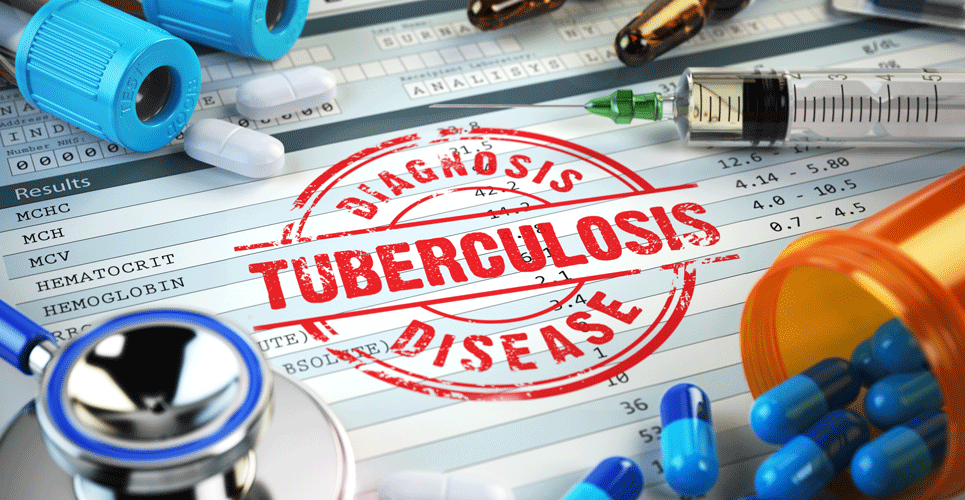GSK3036656 is a first-in-class antibacterial which has shown promise as part of treatment regime for patients with tuberculosis
Initial results suggest that GSK3036656 has the potential to be a component of future treatments to address the tuberculosis (TB) epidemic according to the manufacturer, GSK.
The World Health Organization estimates that in 2021, tuberculosis affected 10.6 million people and led to 1.6 million deaths, so that globally, it was the 13th leading cause of death and the second leading infectious killer after COVID-19.
TB can affect bone, the central nervous system and many other organ systems, but is primarily a pulmonary disease and caused by Mycobacterium tuberculosis, which is carried in aerosol droplets onto lung alveolar surfaces.
Current therapy involves the use of isoniazid and rifampicin for six months although both pyrazinamide and ethambutol are added during the first two months.
Given the need for prolonged treatment, the early findings for GSK3036656 are promising. The drug has a unique mode of action, targeting the aminoacyl-tRNA synthetase enzymes that mediate protein synthesis. Inhibiting these enzymes terminates protein synthesis and subsequently achieve an antibacterial action and GSK3036656 acts to inhibit one of these aminoacyl-tRNA synthetase enzymes, leucyl-tRNA synthetase.
GSK3036656 clinical efficacy
Data announced by GSK comes from a clinical trial designed to examine the early bactericidal activity, safety and tolerability of the drug in up to four sequential cohorts of subjects with rifampicin-susceptible tuberculosis. In the trial, participants were randomised in a 3:1 ratio to receive either GSK3036656 at doses 1 mg, 5 mg, 15 mg, and 30 mg or standard-of-care (SoC) regimen for drug sensitive TB.
The anti-mycobacterial activity was assessed in terms of its ability to reduce the number of viable TB cells which are able to multiply (i.e., colony forming units – CFU) and in the time to detect bacterial growth in culture (time to positivity – TTP).
This latter marker indicates the time from the beginning of culture incubation to the detection of bacterial growth. Ideally, this marker should increase as a shorter TTP is likely to reflect a higher bacterial concentration in blood which may be associated with severe infection.
For the current study the primary outcome was the rate of change in log10colony forming units (CFU)/ml in direct respiratory sputum samples from baseline to Day 14 (EBA CFU0-14). The main secondary outcome was the rate of change in time to sputum culture positivity (EBA TTP) over the same timeframe (EBA TTP0-14).
The results showed that after 14 days, of the four doses, GSK3036656 30 mg had the highest bactericidal activity with a decline in CFU of -0.138 log10CFU/mL (95% CI -0.167 – 0.109) and an increase in TTP of 0.22 log10CFU/mL (95% CI 0.019 – 0.024).
Researchers also examined PET CT images of the lungs which showed a reduction in TB disease over 14 days in all participants taking GSK3036656 30mg. As well as proving to be effective, the treatment was generally well tolerated with no serious adverse events identified.
The company will now be testing their oral therapy in Phase IIb/c studies as a part of different drug regimens to determine the appropriate partner agents and the optimal regimen durations. The overall aim is therefore to identify a GSK3036656-containing regimen with sufficient tolerability, efficacy and short enough duration to progress to Phase III with a high probability of success.

